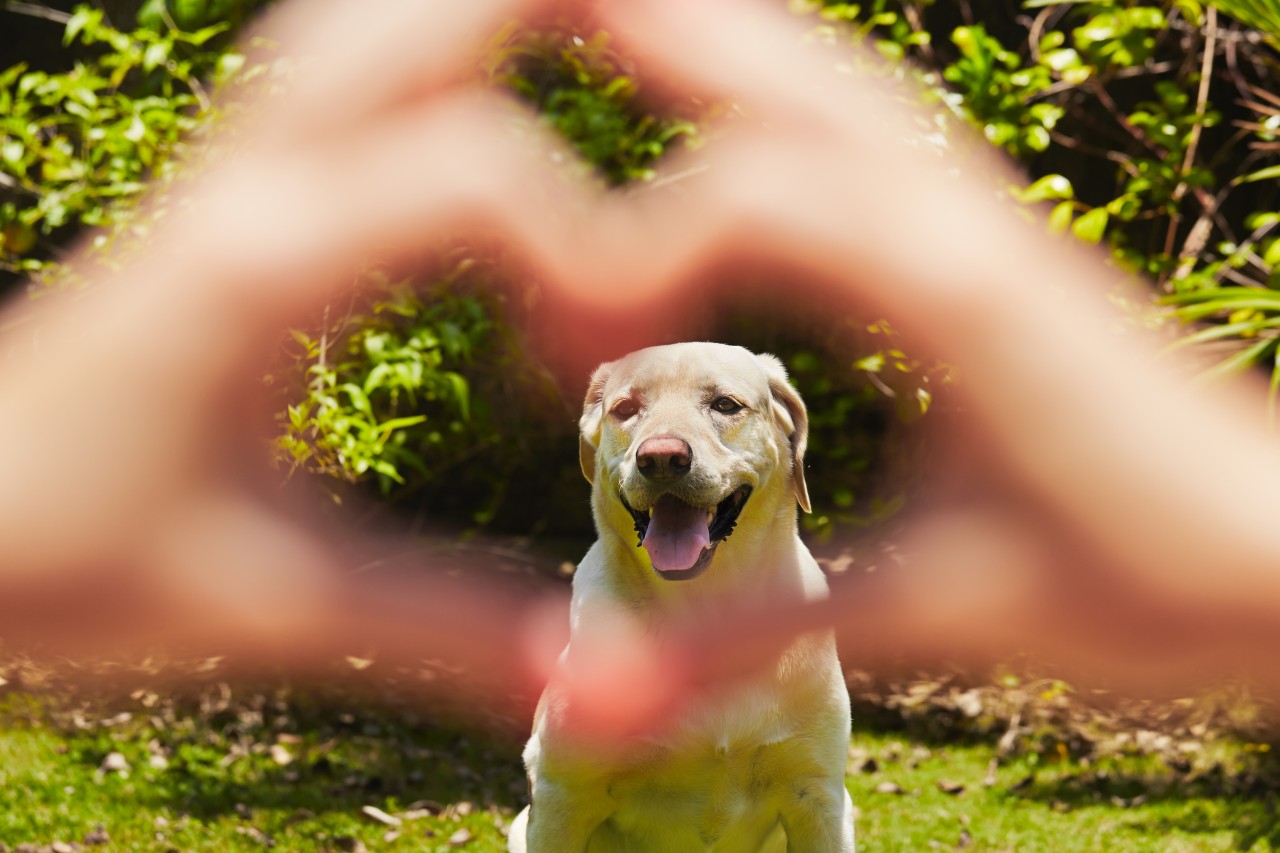Someone working through my Distraction Training Program asked me recently, "When working distraction training with pet dogs, when should the student be instructed to mark the correct behavior?"
I'll address this based on how I think and problem solve – as a relationship-based trainer.
"When should a student mark a behavior?"
Regardless of whether you use a clicker, a marker word, or just stick a cookie in the dog's mouth, the moment is always the same:
At that moment when your heart knew that your dog would succeed, mark it! When you felt pride!
Your dog walked past a tempting cookie on the ground and completed the recall instead. Did you feel pride? Great; that's the timing you want!
When to Mark: Identify a Moment of Pride
That exact moment will depend on the dog. For some dogs, simply starting the recall without even a blink towards the cookie will signal success to the owner. For other teams, the owner will not be convinced that their dog might not change her mind until she is directly in front of the owner.
WHEN that moment is does not matter. What does matter is teaching the owner the skill of observing and responding to their unique dog. Developing that skill, in turn, will naturally improve the owner's timing, since the root of dog training is paying attention, not following a trainers instructions about how to handle each incidence of behavior.This approach changes the locus of control over the exercise from the trainer to the dog handler. Now the handler is responsible for observing their dog's actual behavior and monitoring it against their internal reaction, as opposed to simply following instructions and treating their dog as the subject. The dog is not a subject. The dog is their pet. And the most valuable thing that a trainer can do for a student is to help them learn to love, know, and appreciate their pet.
How Many Times Were You Proud of Your Dog?
And when the handler simply misses the boat altogether, and ignores the dog's correct behavior?
Ask them "Were you proud of your dog when he ignored that other team and turned back to you instead?" That's a gentle reminder to pay attention and to acknowledge their dog's good choices.And at the end of class, for fun, it probably wouldn't hurt to ask people how many times they were proud of their dogs on that day. It should be a pretty big number. Which sends the handler home thinking they have a good dog who they can be proud of. Really, what else could a trainer want?
Try it. It's works.
If you want to pick up my "Distraction Training Guide" for trainers teaching group classes, you might as well grab it. It's free so…why not? The feedback on these classes have been phenomenal . Students become very bonded to both their dogs and to each other. That means they return for more and more classes, and they want to progress on to more challenging training, which certainly won't hurt your business! If you're running one of these classes, feel free to comment below on your experiences.
